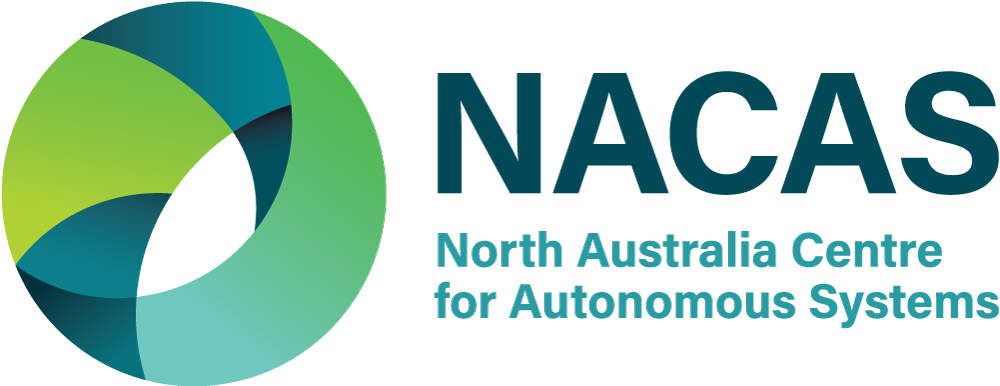
Remote sensing
Aerial data capture through the use of Remotely Piloted Aircraft (RPA) can result in enormous gains and improvements in safety for many industries, sectors, and businesses. RPAS are the third generation of platforms collecting remotely sensed data of natural and human-made features on Earth's surface. They provide low-cost, high-resolution imagery and data for a wide range of applications. Here at NACAS, we are working with partners to automate the processing, analysis, and visualisation of aerial data capture across various industries and sectors significant to the northern Australian economy.
Biosecurity
NACAS is working with the Northern Australia Quarantine Strategy (NAQS; Department of Agriculture, Water & the Environment) to enhance the preparedness and response planning for exotic disease incursions. We are assessing aerial radiography’s utility using RPAS to detect feral pigs that may be infected with African Swine Fever and other exotic diseases.
Wildlife and threatened species monitoring
NACAS is using RPAS to automate wildlife survey counts and simultaneously undertake habitat mapping over broad areas. Our team utilises a fleet of rotor-copter and fixed-wing RPA, and the latest sensors to develop accurate survey techniques for a range of terrestrial and marine fauna across northern Australia.
Fire monitoring
We are currently conducting researching on the utilisation of RPAS to assess the fine-scale monitoring and evaluation of grass fires in northern savanna. The findings from this research will inform the time and extent of prescribed burning to improve conservation outcomes.
Horticultural productivity
The Centre is conducting research into the use of RPAS, equipped with state-of-the-art sensing technologies (such as RGB, multispectral, thermal, hyperspectral), to help detect plants traits and biotic/abiotic stressors in a spatially explicit manner. The aim of the project is to help growers optimise their resource use, such as water, fertilisers, nitrogen, insecticide, and pesticide.
Horticultural resource allocation
NACAS is using RPAS to predict yield, detect water stress, monitor plants health, and scout for plant disease. The outcome will have the potential to bring environmental, as well as an economic benefit to the horticultural industry and the rural community. Adoption of digital technology and autonomous systems will help the industry optimise resource application. This will enable the production of more crops-per-resources ratios, while reducing the impact of agricultural activity on the environment and improve industry profitability. This will build industry resilience to the upcoming adverse environmental factors attributed to climate change.
Darwin Living Lab
In partnerships with CSIRO, NACAS is developing the workflow and capacity to enable accurate, precise, and sensitive radiometric monitoring and evaluation of urban innovation projects throughout the lifetime of the Darwin Living Lab.
The project team will undertake aerial radiography with RPAS that will accurately, precisely and sensitively monitor thermal changes in the urban or rural landscape in various local scenarios. The data collected will inform the development of mathematical simulation models for the different heat transfer mechanisms across various spatiotemporal scales to help translate and communicate the urban thermal landscape of the Darwin CBD.
Mining & resource extraction
NACAS is working with the local mining industry to integrate RPAS into exploration operations, daily workflow, site inspections, and routine protocols. The research will reduce labour costs, improve site safety, increase productivity, and evaluate rehabilitation.







